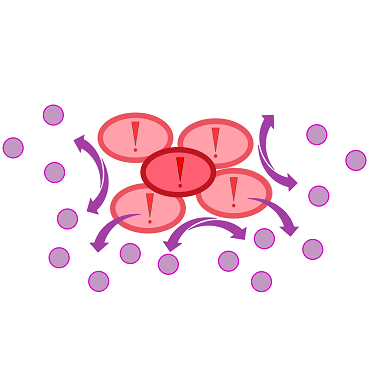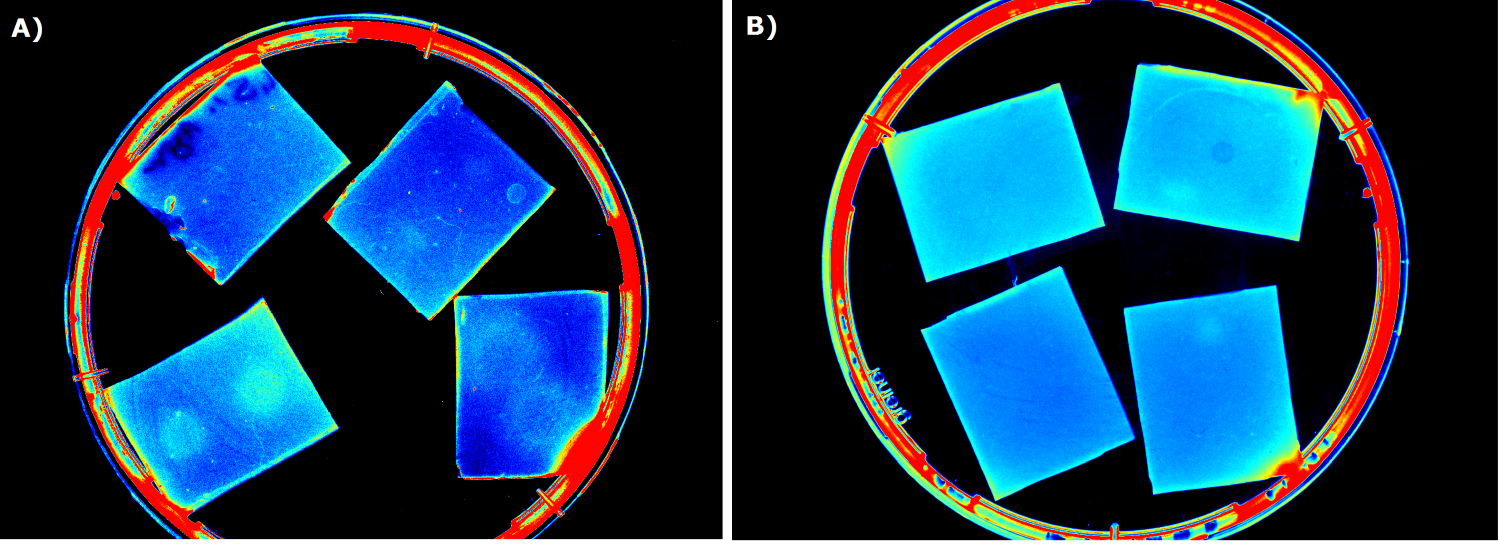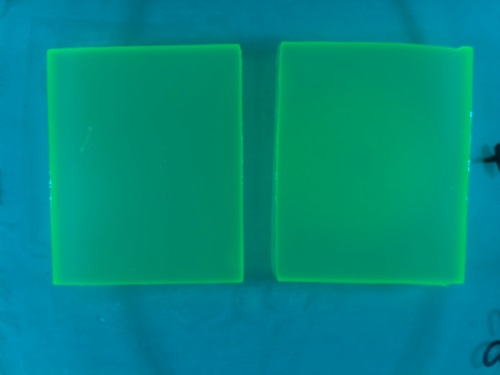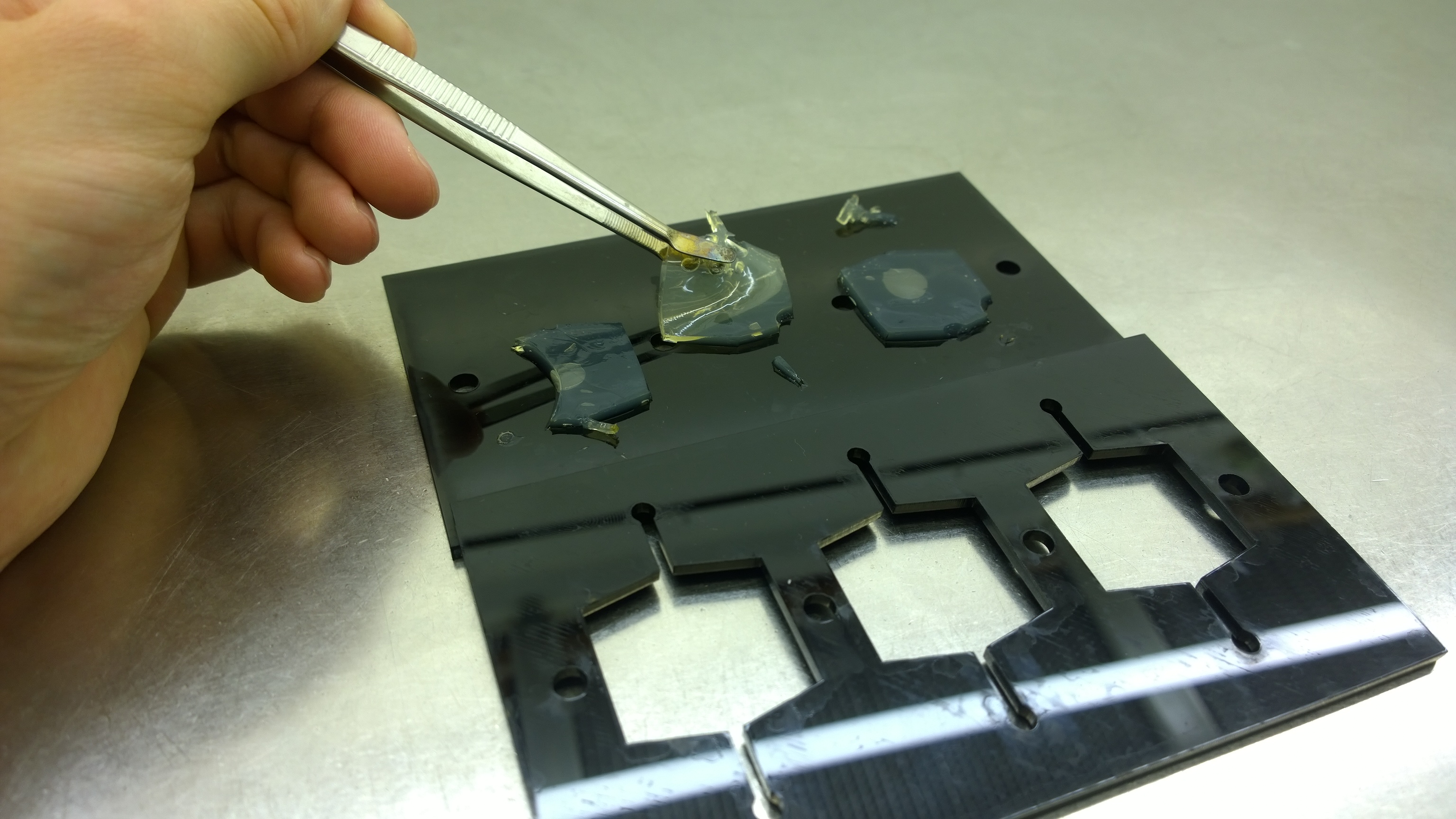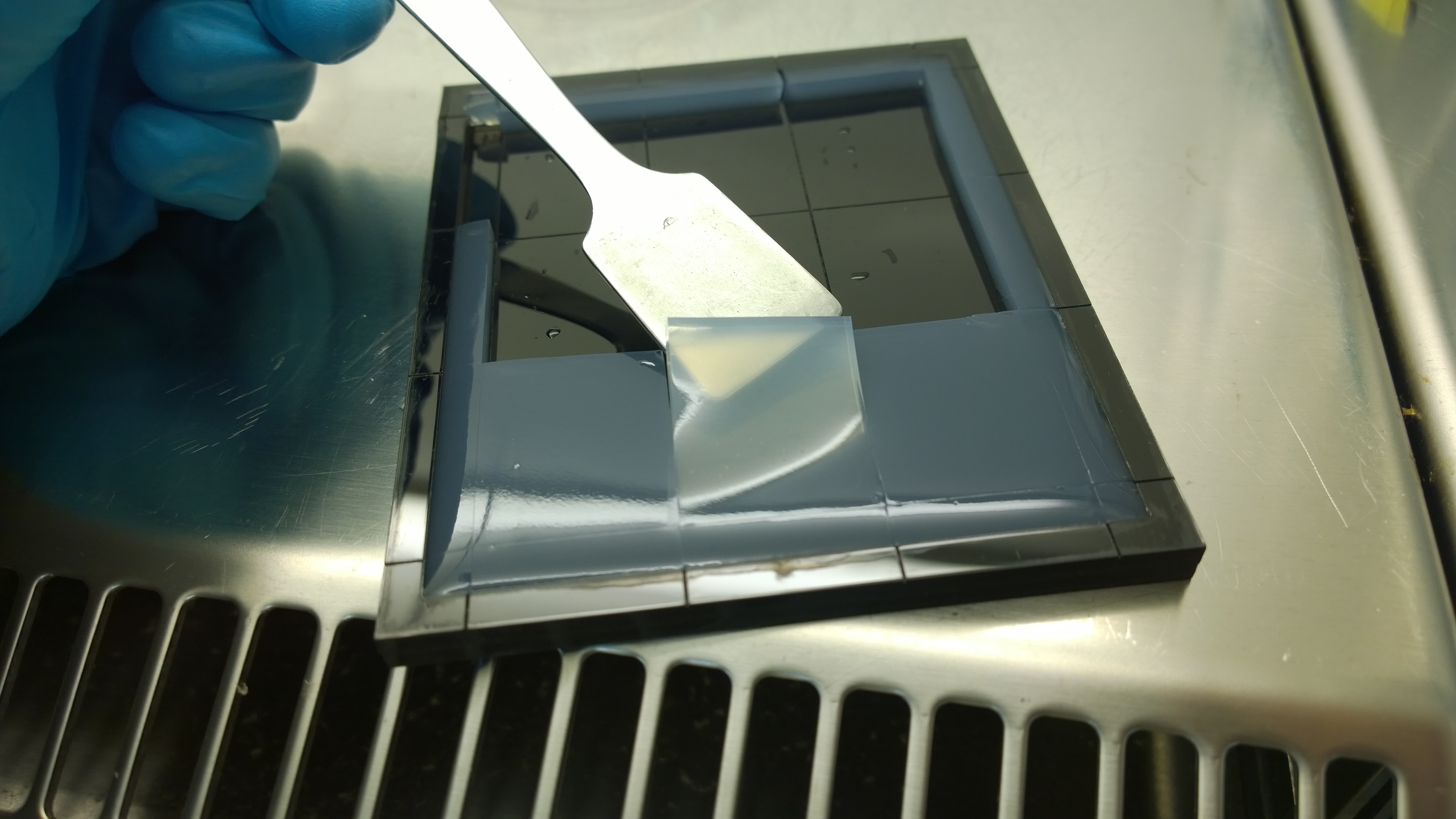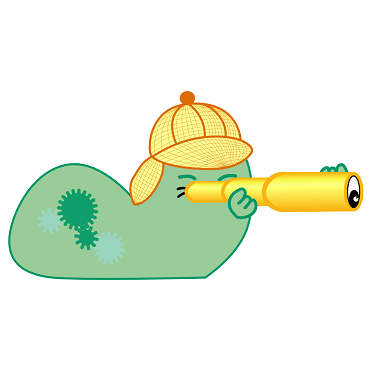Team:Aachen/Project/2D Biosensor
From 2014.igem.org
Aschechtel (Talk | contribs) (→Testing our Sensor Chips in a Platereader) |
(→Achievements) |
||
| Line 172: | Line 172: | ||
=== Detecting 3-oxo-C{{sub|12}} HSL with sensor chips === | === Detecting 3-oxo-C{{sub|12}} HSL with sensor chips === | ||
| - | {{Team:Aachen/FigureFloatRight|Aachen_K131026_Platereader.gif|title=Testing K131026 in our sensor chips|subtitle=K131026 in our sensor chip induced with 0.2 µL 3-oxo-C{{sub|12}} HSL and measured with a plate reader. Blue color indicates no fluorescence, red color indicates fluorescence.|width=300px}} | + | {{Team:Aachen/FigureFloatRight|Aachen_K131026_Platereader.gif|title=Testing K131026 in our sensor chips|subtitle=K131026 in our sensor chip induced with 0.2 µL 3-oxo-C{{sub|12}} HSL and measured with a plate reader. Blue color indicates no fluorescence, red color indicates fluorescence. Top chip is not induced, bottom chip is induced with IPTG.|width=300px}} |
As a next step, we used [http://parts.igem.org/Part:BBa_K131026 K131026] from the 2008 iGEM Team Calgary in our sensor chips to detect 3-oxo-C{{sub|12}} HSL which is produced by ''Pseudomonas aeruginosa'' during quorum sensing. First, we tested them by direct induction with purified 3-oxo-C{{sub|12}} HSL (0.2 µL, 500 µg/mL). A fluorescence measurement was taken every 15 min with an excitation wavelength of 496 nm and an emission wavelength of 516 nm (for GFP). | As a next step, we used [http://parts.igem.org/Part:BBa_K131026 K131026] from the 2008 iGEM Team Calgary in our sensor chips to detect 3-oxo-C{{sub|12}} HSL which is produced by ''Pseudomonas aeruginosa'' during quorum sensing. First, we tested them by direct induction with purified 3-oxo-C{{sub|12}} HSL (0.2 µL, 500 µg/mL). A fluorescence measurement was taken every 15 min with an excitation wavelength of 496 nm and an emission wavelength of 516 nm (for GFP). | ||
| - | The measured fluorescence again showed a distinct signal on the induced chip (bottom) compared to the uninduced chip (top). The fluorescence clearly starts in the middle of the chip (point of induction) and then extends outwards, still showing an ever increasing signal of fluorescence. The base level of fluorescence | + | The measured fluorescence again showed a distinct signal on the induced chip (bottom) compared to the uninduced chip (top). The fluorescence clearly starts in the middle of the chip (point of induction) and then extends outwards, still showing an ever increasing signal of fluorescence. The base level of fluorescence is attributed to leakiness of the promoter and general background fluorescence of growing ''E. coli'' cells. In the induced chip (bottom), the background fluorescence is a lot lower than in the uninduced chip (top) because the signal masks the noise. The difference between the induced and uninduced chips indicates a clear response to the HSL and a proof for the ability of our sensor chip design to detect the HSL produced by ''Pseudomonas aeruginosa''. |
<html></br></br></br></br></br></br></br></br></br></br></br></br></br></br></br></br></html> | <html></br></br></br></br></br></br></br></br></br></br></br></br></br></br></br></br></html> | ||
| - | |||
===Detecting the 3-oxo-C{{sub|12}} HSL with K131026 in our sensor chip with WatsOn=== | ===Detecting the 3-oxo-C{{sub|12}} HSL with K131026 in our sensor chip with WatsOn=== | ||
| - | {{Team:Aachen/FigureFloat|Aachen_K131026_HSLdetection_slow.gif|title=Detection of 3-oxo-C{{sub|12}} HSL with K131026|subtitle=0.2 | + | {{Team:Aachen/FigureFloat|Aachen_K131026_HSLdetection_slow.gif|title=Detection of 3-oxo-C{{sub|12}} HSL with K131026|subtitle=0.2 µL of 3-oxo-C{{sub|12}} HSL was placed in the middle of the chip and then incubated at 37 °C in WatsOn.|width=480px}} |
| - | The next step | + | The next step towards the final goal to detect ''Pseudomonas aeruginosa'' was to replicate the detection of 3-oxo-C{{sub|12}} HSL, which was established in the plate reader, in our own [https://2014.igem.org/Team:Aachen/Project/Measurement_Device WatsOn] device. Therefore, we again used K131026 as our construct in ''E. coli'' BL21(DE3) cells and induced with 0.2 µL 3-oxo-C{{sub|12}} HSL with a concentration of 500 µg/mL. The right chip was induced and - as a negative control - the left chip was not induced. Pictures were taken every 4 min. |
| - | The result | + | The result was a clear replication of the success of the plate reader experiment. The induced chip shows a clear fluorescence response eminating from the center where the induction with HSL took place. This demonstrates the ability of not only our sensor chips but also our measurement device WatsOn to successfully detect 3-oxo-C{{sub|12}} HSL. |
<html></br></br></br></br></br></br></br></br> | <html></br></br></br></br></br></br></br></br> | ||
Revision as of 17:10, 16 October 2014
|
|
|
|
|
 "
"
